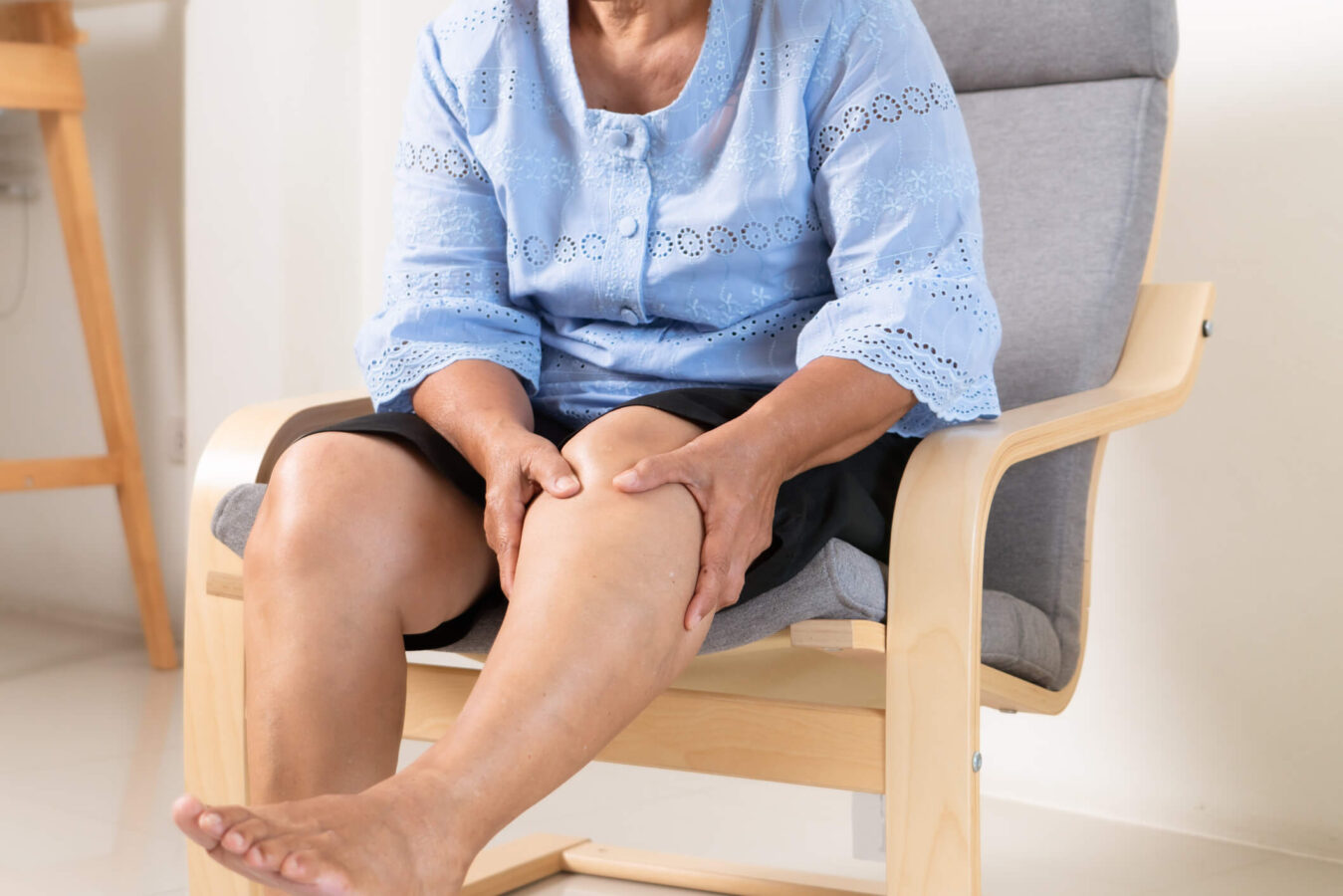
Medically reviewed by Misty Seidenburg
Weight loss is a deeply personal journey that can feel impossible when pain, stiffness, or mobility challenges arise. For many people managing arthritis, recovering from surgery, or dealing with long-term joint issues, typical gym workouts can feel inaccessible—or even dangerous. That’s where physical therapy can help with arthritis and make a difference. Instead of diving into high-impact fitness routines, physical therapy provides a supportive environment focused on movement that meets you where you are.
Whether you’re just beginning or taking up exercise again, physical therapy focuses on foundational improvements that may help make weight loss more accessible over time. Here are some ways movement therapy can help you reach your health and wellness goals.
When movement becomes painful, it’s easy to fall into a cycle of avoiding activity altogether.
Are you dealing with stiff, painful joints or wondering can being overweight cause joint and muscle pain? Physical therapy can help break that cycle.
Physical therapists work with you to reduce pain through targeted techniques such as joint mobilization and soft tissue work. They also focus on improving your range of motion and flexibility, making it easier to move with less discomfort.
Your physical therapist develops practical strategies for staying active even during flare-ups, so you can maintain progress without pushing through unnecessary pain. While nearly anyone can benefit from more mindful movement, physical therapy may be especially beneficial if:
For those experiencing physical limitations, physical therapy can offer a safer, more approachable path back to movement. It’s not about pushing harder. It’s about finding what works for your body, right now.
Unlike group fitness classes or one-size-fits-all online routines that may not account for your unique challenges, personalized physical therapy programs are designed specifically for your body, needs, and goals.
Your physical therapy program might include:
This individualized approach allows you to build strength, improve mobility, and stay active without overwhelming your body or risking injury. As your needs change, your plan can adapt with you, making progress feel more achievable and sustainable over time.
You don’t need intense workouts to start seeing progress. Physical therapy sessions often focus on functional movements that reflect your daily routine, like walking, reaching, climbing stairs, or getting up from a chair, for example.
These everyday activities can help increase your total movement, support calorie burn throughout the day (not just during designated “workout” time), and help you reconnect with your body in meaningful and achievable ways.
If you’re experiencing joint and muscle pain, these gentle activities are often more sustainable than high-impact exercise and can be just as effective in supporting your health goals.
Physical therapy also includes instruction on posture and body mechanics, so you’re not just exercising. You’re learning how to move more effectively in daily life. Physical therapists provide training in proper lifting or bending techniques.
They help you improve how you sit, stand, and walk in ways that reduce strain on your body, as you practice controlled movements that support better balance and alignment. This guidance can make daily activities feel more manageable and may reduce the chance of setbacks or injuries over time.
Over time, small, steady efforts can lead to more consistent activity and noticeable improvements in strength and stamina. Light strength training can make a meaningful difference—it helps build lean muscle, which may support a higher metabolic rate while improving balance and coordination.
As you get stronger, everyday tasks often become more manageable and less painful. And when movement feels less intimidating, remaining motivated and focused becomes easier.
Physical therapy for weight loss doesn’t follow a standard template. While every person’s plan looks different, here’s a general idea of what it can involve.
Because physical therapy for weight loss is tailored to each individual, it offers a flexible approach to reaching your goals. Whether you want to improve mobility, increase strength, or stay active, your program evolves with you, helping you build consistency and confidence session by session.
If you’ve felt left out of traditional fitness spaces or worried about making things worse, you don’t have to go it alone. Physical therapy is a fun, low-pressure way to exercise with the guidance and support of a licensed professional.
It doesn’t require a certain weight, strength level, or background in fitness. It just requires a willingness to move forward, at your own pace. This could be a good first step if you’re interested in reconnecting with movement, building strength, or exploring a different approach to weight management.
Ready to begin? Contact a local clinic or request an appointment online to get started.

